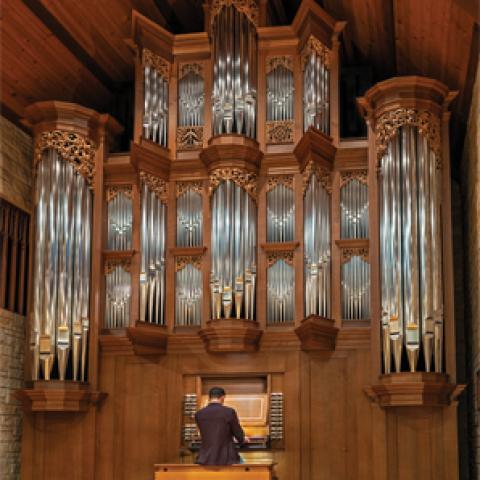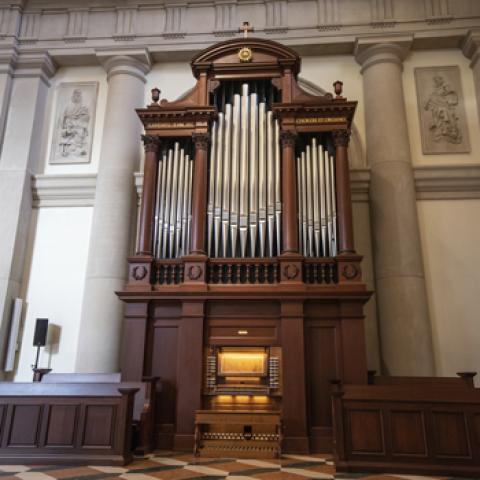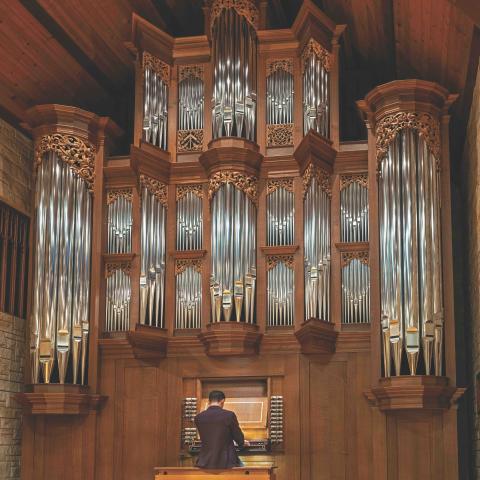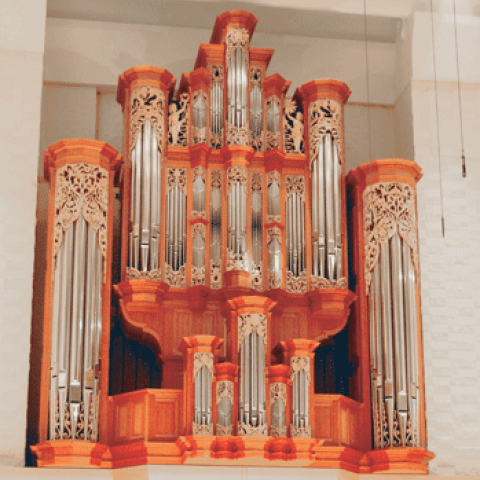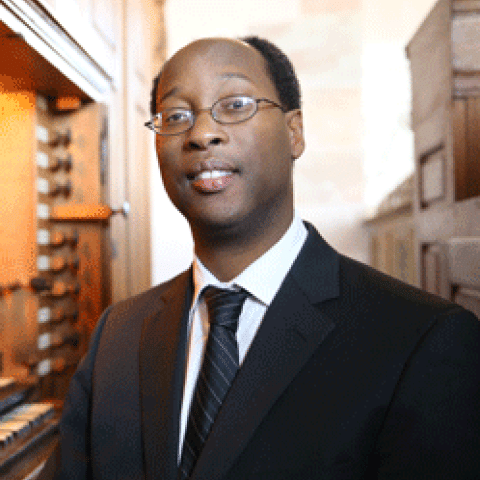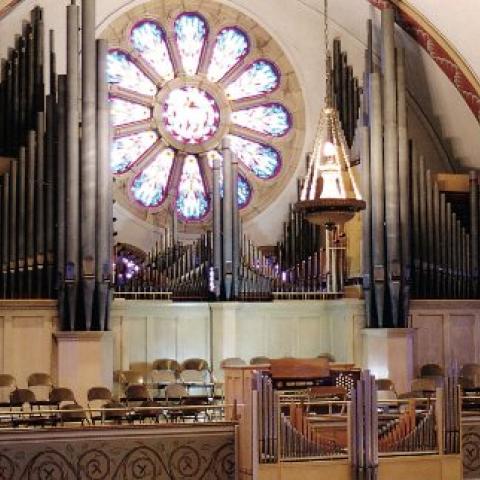Paul Fritts & Company Organ Builders, the Tacoma, Washington.
The Murdy Family Organ in the Basilica of the Sacred Heart, Notre Dame, Indiana.
Opus 37: four manuals, 69 stops, 5,164 pipes.
Michael Plagerman holds a B.Mus. in organ performance from Pacific Lutheran University where he studied organ with Paul Tegels, harpsichord with Kathryn Habedank, and choral conducting and pedagogy with Richard Nance and Brian Galante. He recently complete the Master of Sacred Music degree at the University of Notre Dame where he was awarded the Craig Cramer prize in organ performance. During his time at Notre Dame he served as a graduate assistant organist at the Basilica of the Sacred Heart. Currently in his first year of the D.M.A in Performance Practice at Cornell University, he studies with Annette Richards and serves as the director of music, organist, and choir director at King of Kings Lutheran Church in Liverpool, New York.
This video is courtesy Notre Dame Magazine; John Nagy, writer, and Barbara Johnston, photographer.
https://magazine.nd.edu/
https://sacredmusic.nd.edu/
Paul Fritts and Company has built a new organ, Opus 43, for Saint Thomas Episcopal Church, Terrace Park, Ohio: two manuals and pedal, 35 stops, 43 ranks, 2,223 pipes.
www.stthomasepiscopal.org
http://frittsorgan.com/
The organ is featured on the cover of the July 2024 issue of The Diapason:
https://www.thediapason.com/content/paul-fritts-company-opus-43

